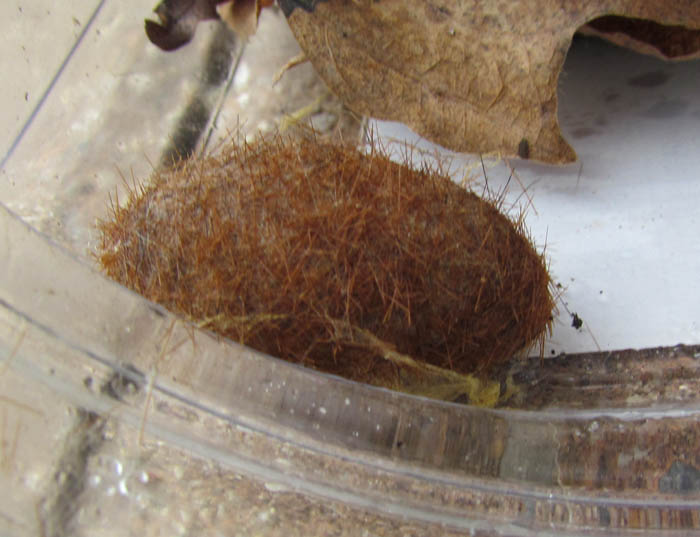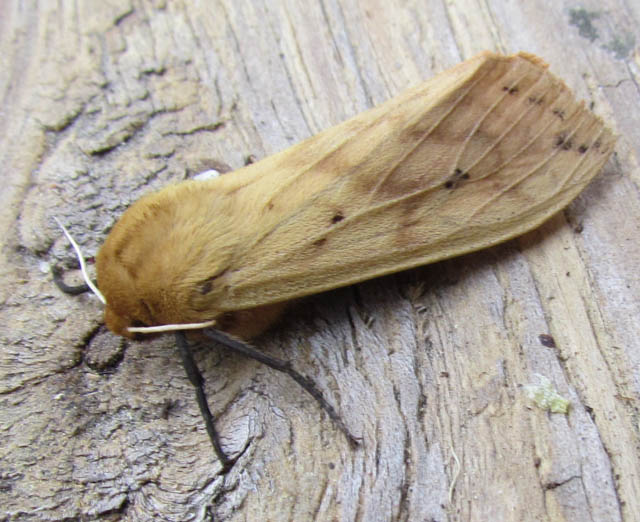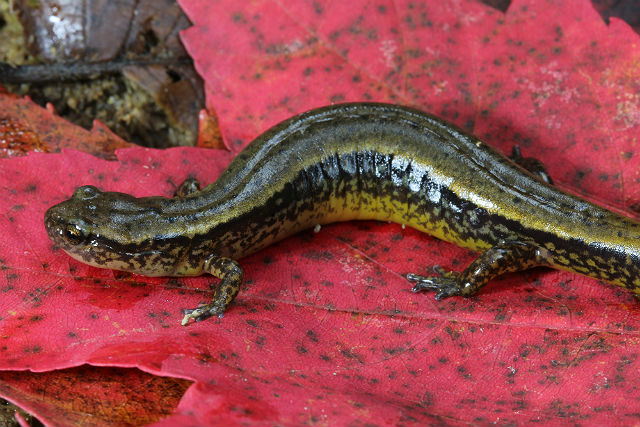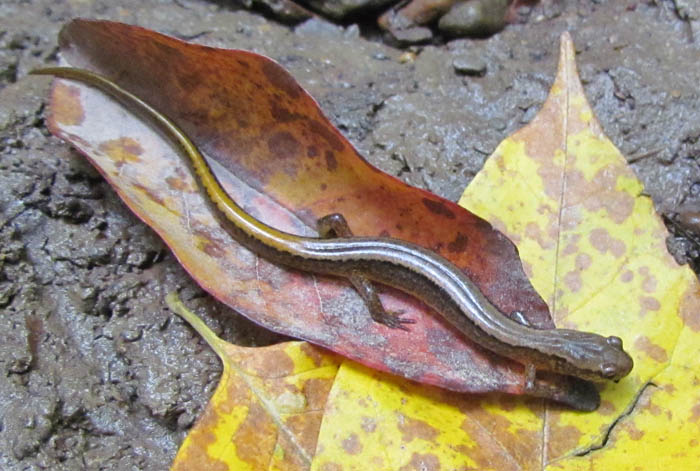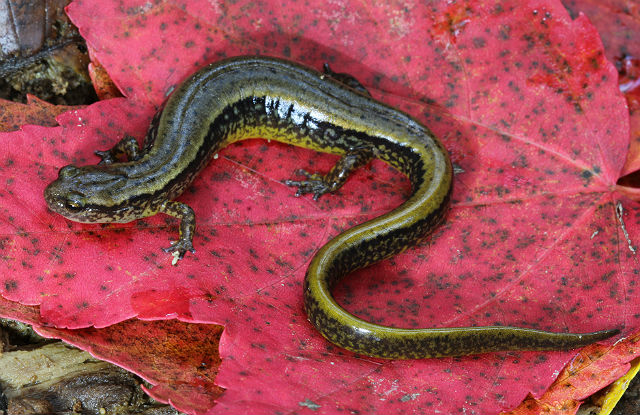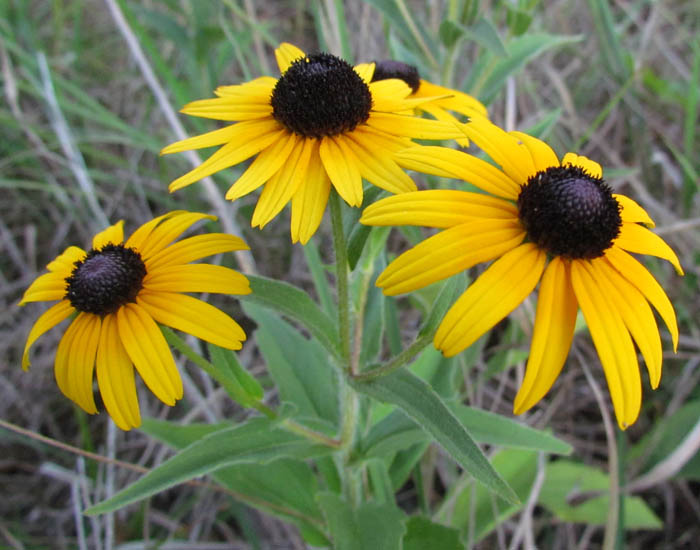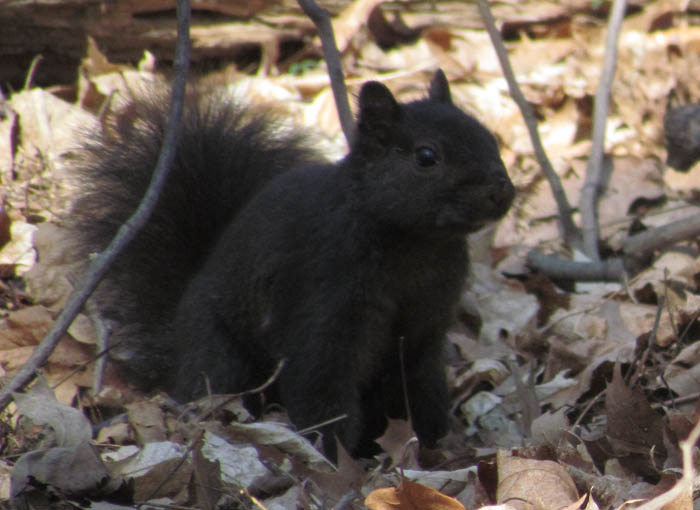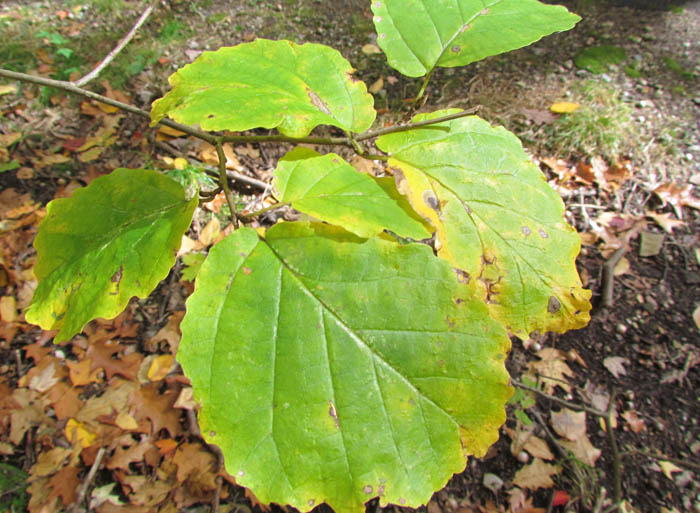The Creek Chub is a common minnow throughout Ohio. Its back is olive-colored with silvery sides and it has a long blackish-brown stripe down each side. The Creek Chub has rounded fins. Young examples, like the one pictured above, tend to be more pale than older fish, like the one pictured below.
Creek Chub live mostly in small to medium-sized streams, but they sometimes live in lakes too. They prefer clear to slightly cloudy water with a gravel bottom. They are most abundant in small streams where they are often the top predator. They are a tolerant species that can withstand a wide variety of water conditions.
To breed, the male Creek Chub will build a nest. He digs out a pit on the bottom of the stream by moving pebbles with his mouth. He will then pile pebbles up to build a small ridge upstream of the pit. Once he is finished, the fish will defend his nest from other males. Eventually a female will come along and spawn if she finds the nest to be suitable.
Creek Chub can grow to 12 inches, but they are usually much smaller. They can live up to eight years, which is surprisingly long for a minnow. They are one of two species of “backyard fish” that I regularly find in my creek.












